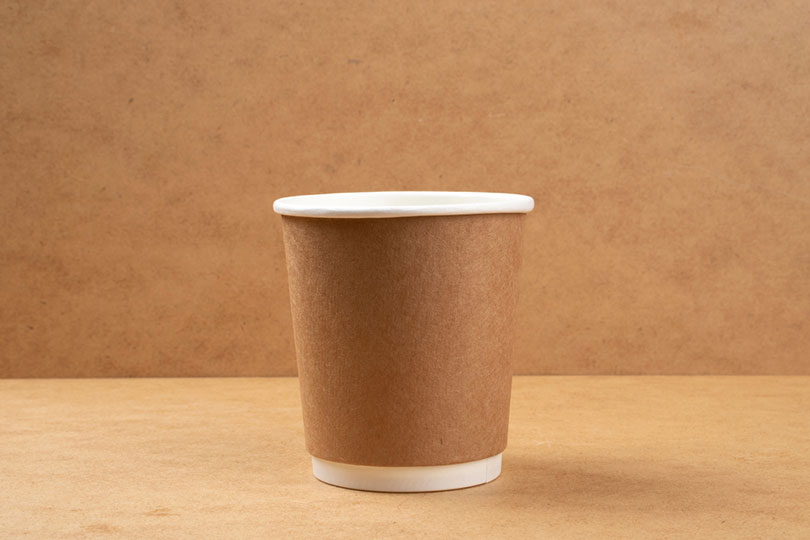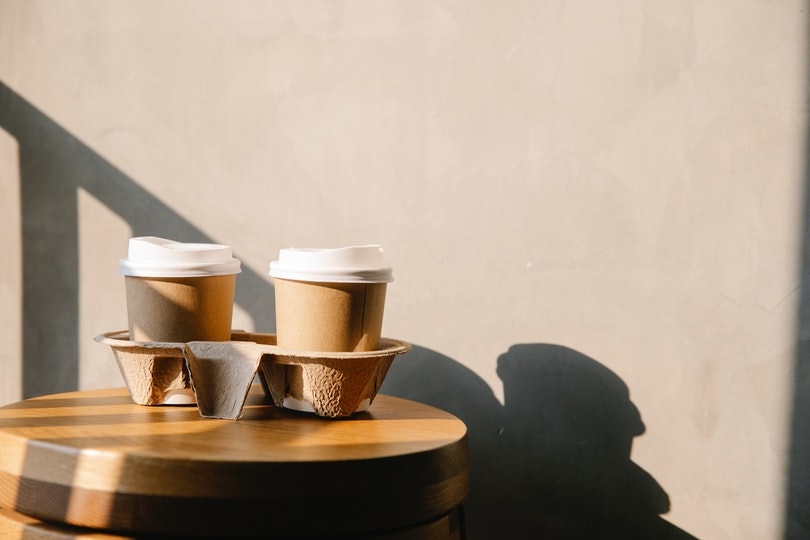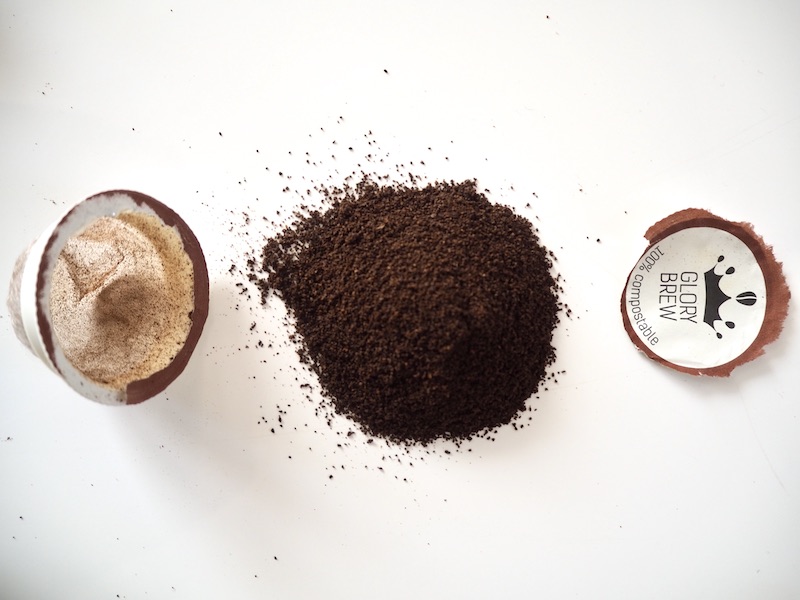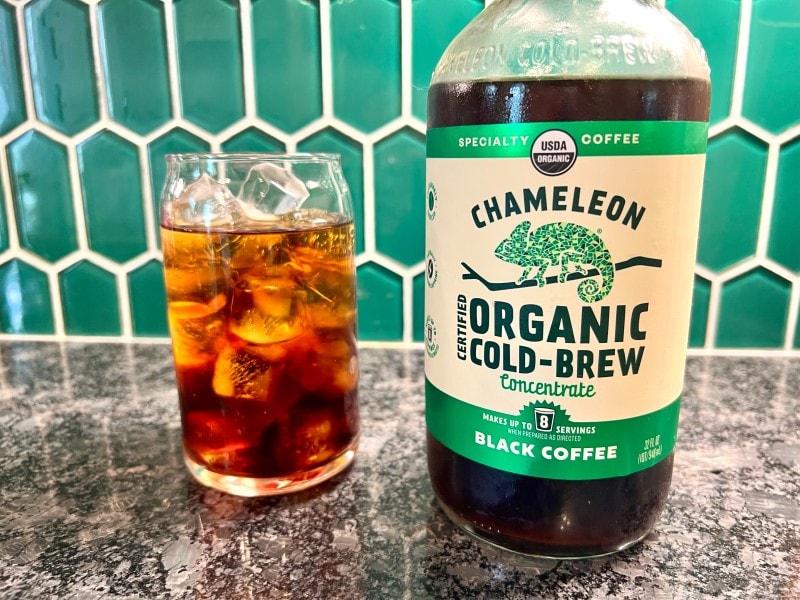
Sustainability is a word that is getting passed around in the coffee community quite a bit lately. You may be wondering why this is such a hot topic of conversation. The answer is all the plastic that is making its way into our landfills and causing big issues around the world. The coffee industry is also brought up in these conversations quite a bit due to the waste of coffee packaging and K-cups can leave behind when we’re finished with them.
Thankfully, the coffee industry is listening. They’re trying to focus on more sustainable packaging, including compostable materials in many of the products we are seeing on the store shelves. What’s the biggest question many of us coffee lovers ask? Is compostable coffee packaging really good for the planet? What’s the true answer? Yes, of course, it is. Let’s learn more about this hot topic below.

What Does Compostable Mean?
First of all, it’s important to understand what compostable materials are. Compostable materials are those that can be broken down into carbon, water, or biomass after use. In most instances, these materials can completely break down and return to the earth in as little as 6 weeks.
Now, with understanding more about what compostable materials are, it is easier to see why the coffee industry would be interested in using them for packaging. If coffee bags or K-cups can be tossed into the backyard compost bin, then gone are the worries of them ending up in the landfills. But do all these materials do what they claim? That’s the real question we should be asking.

Compostable Coffee Bags and Packaging
When it comes to compostable coffee bags and packaging, this can be quite beneficial to the planet. Being able to watch your coffee waste make nutrients for the soil in your yard or your backyard plants is quite ideal. This also becomes part of the sustainability the coffee industry is hoping to make part of their process. Using this type of packing is a better solution than holding to plastic bags and containers or even biodegradable materials.
The Issue with Compostable K-Cups
While compostable materials are normally a great thing, when it comes to compostable K-cups, things aren’t as straightforward. Many coffee companies are trying their best to make K-cups and other coffee pods safer for the planet but things aren’t that simple. With paper filters and plant-based rings, you would expect compostable K-cups to be ready for your backyard compost pile.
They aren’t. In most instances, these compostable materials aren’t made for at-home composting. Instead, they need to be taken to local centers for them to be processed to break down properly. This can be an issue for coffee lovers who compost. Instead of being able to add this waste to their own bins, they must collect them and venture out to ensure things are done as they should be.

The Difference Between Compostable and Biodegradable
To put things simply, the biggest difference between compostable materials and those that are biodegradable is the time it takes for them to break down. Biodegradable materials aren’t considered biodegradable unless they can break down into smaller particles on their own. Yes, there are factors such as the environment. The problem is that it can take up to 6 months for biodegradable materials to fully break down to their intended state. Compostable materials can break down much quicker.
Which Is Better When It Comes to Packaging?
Most believe that compostable materials are the overall better packaging preference. Yes, some of these materials may need to be taken to a center at some point, but in most instances, the process can be done at home. Considering the fact that compost becomes organic matter, they are clearly more of an advantage to the world around us.

Conclusion
If you’re hoping to help the world out with its waste issue and enjoy your coffee at the same time, consider switching to compostable coffee packaging. By choosing to do your part, using materials that are safer for the planet, and tending to a compost pile of your own, you can reduce your carbon footprint and enjoy your coffee on your own terms.
Featured Image Credit: alia.kurianova, Shutterstock













